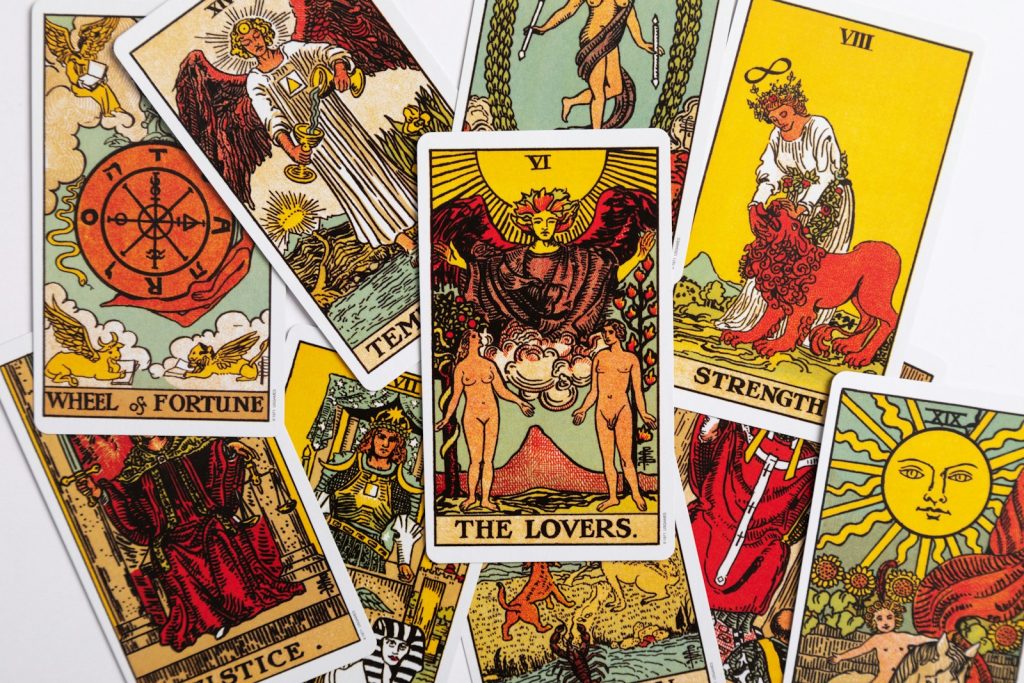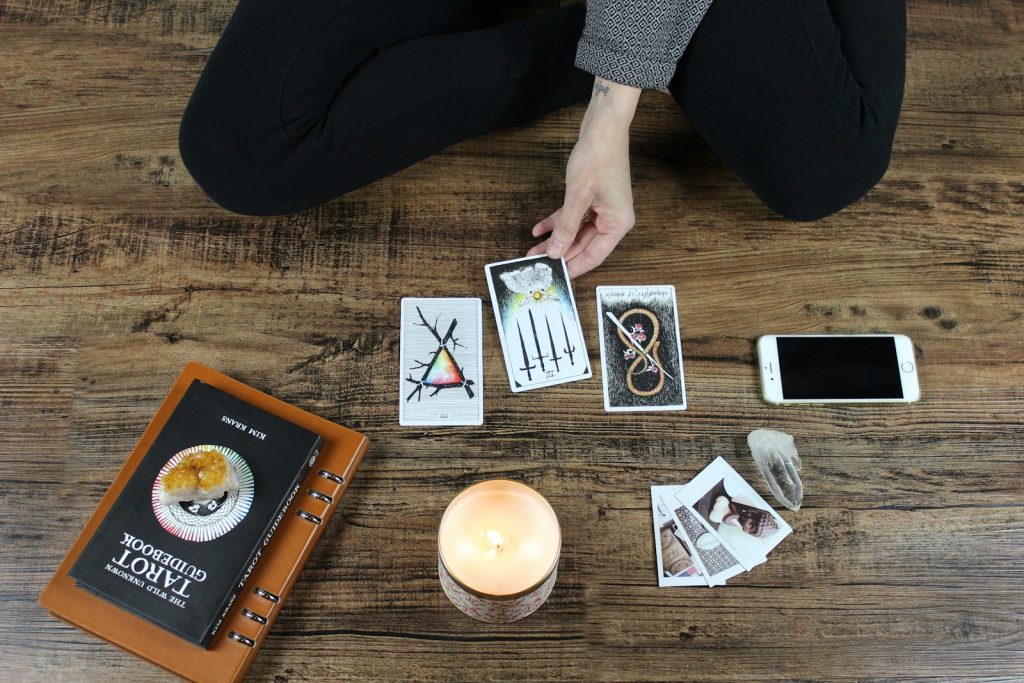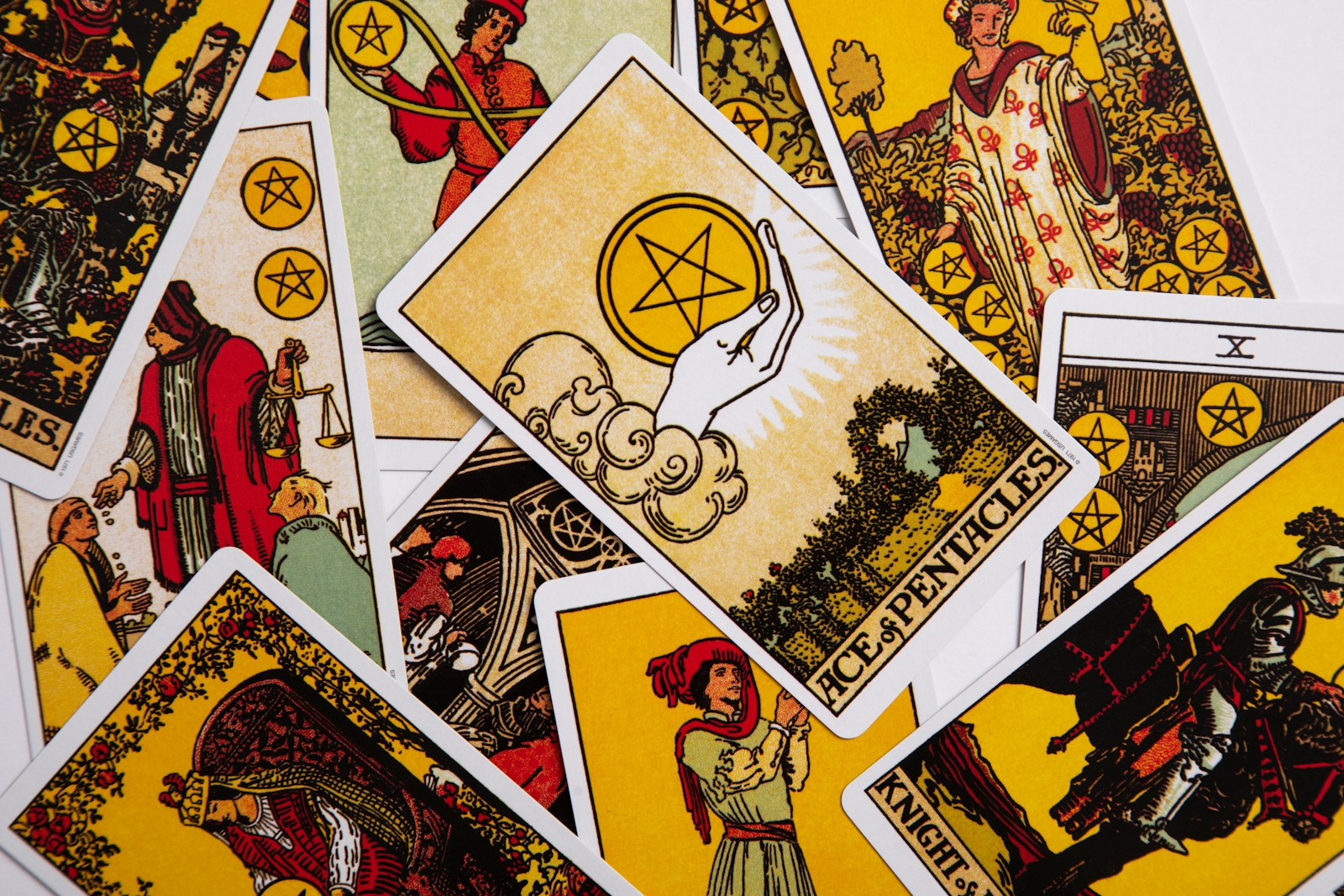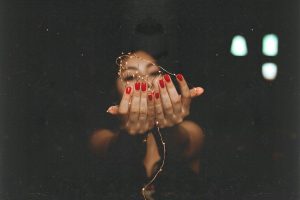From medieval parlour games to soulful self-discovery—here’s why tarot still captivates.
🕰️ A Brief History of Tarot: From Game to Guide
Tarot didn’t start as a mystical tool—it began as a game. Originating in 15th-century Italy, tarot decks were used for a trick-taking card game called tarocchi. These early decks featured lavish illustrations commissioned by wealthy families, often depicting allegorical figures like emperors, lovers, and hermits.
It wasn’t until the late 18th century that tarot took a spiritual turn. French occultists began assigning symbolic meanings to the cards, linking them to Egyptian mysticism, Kabbalah, and astrology. Suddenly, tarot wasn’t just entertainment—it was a mirror to the soul.
🧩 What’s in a Tarot Deck?
A standard tarot deck contains 78 cards, split into two main groups:
🌟 Major Arcana (22 cards)
These represent life’s big themes—transformation, love, purpose, and spiritual growth. Think: The Fool, The Lovers, Death, The Star.
🔮 Minor Arcana (56 cards)
These reflect day-to-day experiences and are divided into four suits:
- Cups: Emotions, relationships
- Swords: Thoughts, conflict
- Wands: Passion, creativity
- Pentacles: Money, career, body
Each suit includes numbered cards (Ace to 10) and four court cards: Page, Knight, Queen, and King.

🧠 Tarot vs. Truth: Is It Real?
Let’s be honest—tarot isn’t about predicting lottery numbers. It’s about perspective. While science doesn’t support tarot as a tool for literal fortune-telling, it does recognise the power of symbolism, intuition, and self-reflection.
Tarot works because:
- It helps you slow down and reflect
- It encourages emotional awareness
- It offers new angles on old problems
- It creates space for ritual and intention
Whether you believe in divine guidance or love a good archetype, tarot invites you to explore your inner world.
🧘♀️ How to Read Tarot (Without Feeling Like a Fraud)
You don’t need psychic powers—just curiosity and a willingness to listen.
🔹 Step 1: Choose Your Deck
Pick one that speaks to you visually and emotionally. Popular choices include the Rider-Waite-Smith, Modern Witch Tarot, or The Wild Unknown.
🔹 Step 2: Ask a Question
Keep it open-ended:
- “What energy surrounds me today?”
- “What do I need to know about this relationship?”
- “Where should I focus my growth?”
🔹 Step 3: Pull a Card (or Three)
Start simple. A three-card spread can represent:
- Past / Present / Future
- Situation / Challenge / Advice
- Mind / Body / Spirit
🔹 Step 4: Interpret
Use the guidebook—or trust your gut. What colours, symbols, or emotions stand out? What story is the card telling?

💬 Real Women, Real Moments
“I pulled The Tower before quitting my job. It felt scary—but also freeing.”
“The Empress reminded me to nurture myself, not just everyone else.”
“Tarot doesn’t tell me what to do—it helps me hear what I already know.”
Tarot isn’t about answers. It’s about asking better questions.
🔗 Related Reads on DevilishYou
- The 5-Minute Ritual That Boosts Focus, Happiness and Hormonal Balance
- Wrapped in Confidence: Why Silk Is the Secret to Feeling Stylish, Sensual and Strong Every Day
- Healing Powers of Crystals: Truth or Myth?
🛍️ Tarot in Your Lifestyle: Stylish Ways to Integrate It
- Keep a deck on your nightstand for morning reflections
- Use tarot cards as journal prompts
- Frame your favourite card as wall art
- Pull a card before date night or big decisions
- Pair tarot with crystals, candles, or silk rituals for a full sensory experience
💫 Tarot Is a Conversation with Your Soul
Whether you’re a sceptic, a seeker, or somewhere in between, tarot offers a moment of pause—a chance to check in with your intuition, your desires, and your truth. It’s not about magic. It’s about meaning.
So go ahead—shuffle the deck, light a candle, and ask the question that’s been tugging at your heart. The cards are ready when you are.
Would you like this turned into a downloadable guide, quiz, or carousel series? I can also help build a tarot ritual checklist or create a lead magnet for your email list. Let’s make it mystical and magnetic. 🔮✨













